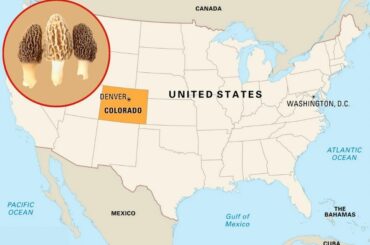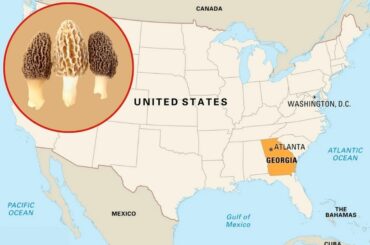Growing mushrooms is a very popular activity all around the world. Mushroom cultivation is done by both small-scale and large-scale farmers. It is also a feasible method of self-employment. Mushrooms are very fast growers, and extremely sensitive to their environment at the same time. Therefore culturing them can be a little tricky at times. And they have unique problems and in this article, I am going to explain common mushroom growing problems and how to solve them.
Changes in the humidity, airflow, and temperature can directly impact the health of the mushroom growth. These could lead to problems such as; yellowing and browning, molding and contamination of your mushroom culture. It is important to provide your mushrooms with optimal conditions to ensure you get the maximum harvest possible.
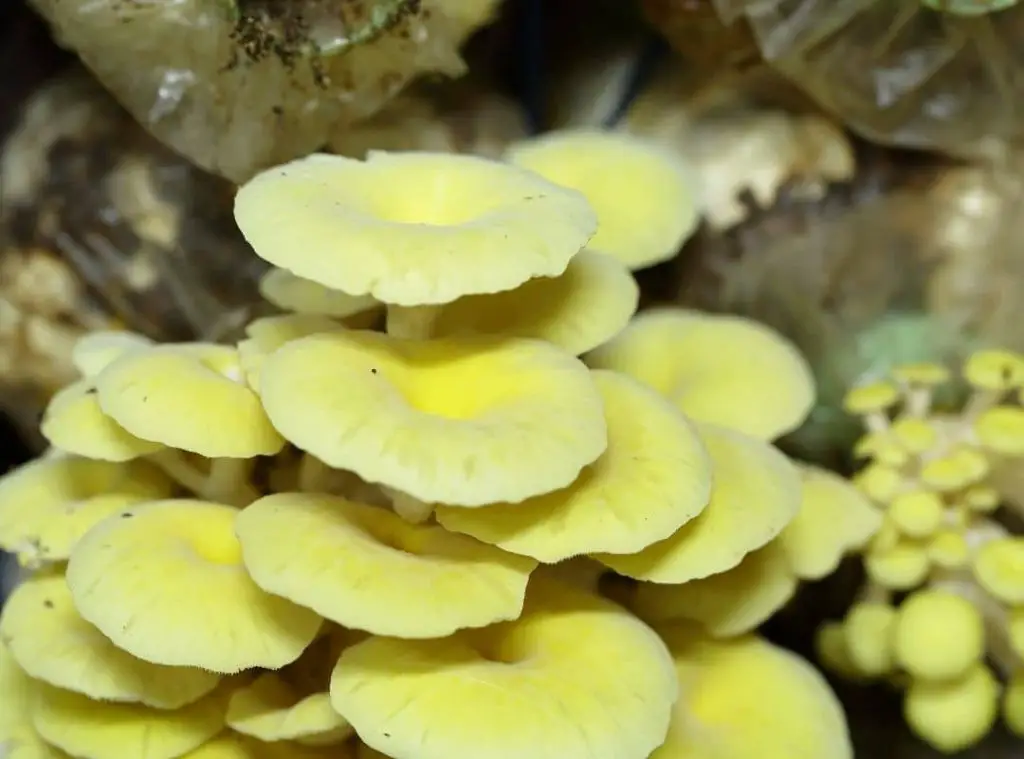
01.Contamination
Contents
- 1 01.Contamination
- 2 02. Not Enough Moisture
- 3 03. Too Much Moisture
- 4 04. Not Enough Fresh Air
- 5 05. Not Enough Light
- 6 06. Wrong Climate
- 7 07. Wrong Substrate
- 8 08. Improper Harvesting
- 9 09. Inoculated But No Fruit
- 10 10. Growing Mycelium but No Fruit
- 11 11. Substrate Not Producing
- 12 12. Faulty Spawn
- 13 13. Too Much or Too Little Spawn
- 14 14. Deteriorate quickly After Harvest
- 15 15. Lack of Knowledge
- 16 16. Lack of Patience
- 17 What are the major problems in mushroom cultivation?
Contamination is one of the most common problems you would encounter when growing mushrooms as a beginner. Mushrooms are fungal species and prefer warm, humid environments, to grow well. The same factors also encourage other microorganisms to grow as well. This is a substantial threat in the early stages of mushroom farming. During the early stages, when our mushroom strain of choice is not established strongly in the substrate, other contaminants bacterial and fungal species could take hold of the substrate as well.
Any bacterial or even a fungal species which is not your strain of choice is considered a contaminant in selective cultures such as this. However, contamination could also happen in the later stages of growth as well and needs to be taken care of as soon as possible. If you do not properly handle the contaminations, it could hinder the growth of your mushrooms. Since the mushrooms have to compete with the contaminant species for the limited nutrients in the substrate, the mushrooms could grow thin or in some severe cases not bloom at all.
How to solve:
Mitigation of the contaminations should be taken care of at the earliest stages of your cultures and more importantly at the inoculation. You should have a clean area to work and ensure that the equipment you use, including your own hands, are sterile. Any equipment, such as humidity-controlled trays or containers that you use when growing mushrooms should also be sterilized.
The sure-fire way to do this is to clean everything with 70% ethanol or isopropyl alcohol. Sanitary steps such as wearing a surgical mask and surgical gloves are also advised. You should also make sure that your spawn or the strain you use to inoculate the substrate is pure and not contaminated beforehand. Pasteurization of your growth medium before inoculation is another important step that you should take.
There are different methods to pasteurize the substrate.
- Hot water bath pasteurization
- Cold water lime pasteurization
- How to sterilize the mushroom substrate
In water bath pasteurization, immerse the substrate in boiling water for at least one or two hours. To carry out a cold water lime pasteurization, soak your support in a bath of cold water treated with hydrated lime for 24 hours. This raises the pH of the water and removes contaminants. During Sterilization the substrate is exposed to temperatures above 250 degrees Fahrenheit and places the substrate under pressure.
Sterilization completely removes any contaminants that may be in the substrate, both living and dormant. It is beneficial to invest in microbiological instruments such as a laminar flow and an autoclave if you are interested in carrying out mushroom cultures on a large scale.
These instruments are proven to be efficient and effective in microbiological practices. Inoculating your growth medium inside a laminar flow will make sure your medium doesn’t get contaminated with bacteria or fungi in the airflow.
Performing the inoculation near an open flame is also an effective method to reduce contamination by airborne bacteria and fungi. The autoclave can be effectively used for the pasteurization of the growth medium. The types of contamination on mushroom growth bags can look like brown, black, green, orange, or pink stains or patches.
If these patches are small, you should isolate the bag and the mycelium will take care of the contamination by itself and continue to grow normally. But if the molding has spread more than 20%, it is better to remove affected bags or pots from the growth space and dispose of them safely.
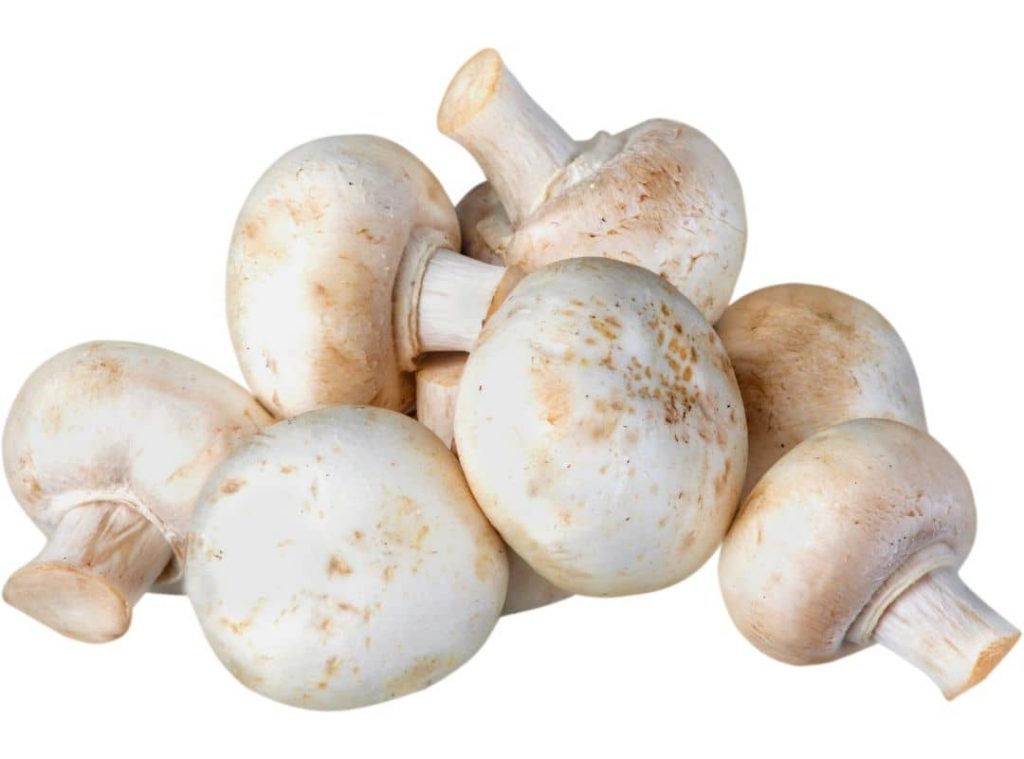
02. Not Enough Moisture
The growth chamber humidity level is one of the most important factors you may need to regulate in mushroom cultures. Both less and high humidity could cause detrimental effects on the growth of the mushroom. If the air is too dry in the growth chamber or if the substrate does not contain enough moisture, the mycelium can dry out and eventually die. Mushrooms normally consume a lot of water as they grow and also retain a lot of moisture in their fruiting bodies. Dry and brittle stems and cracked caps can be observed if the mushrooms are not watered well.
How to solve:
You should make sure your substrate is adequately watered at all times. You could spray your mushrooms with water from time to time as well. But make sure not to overdo the spraying. Opting for a humidifier is also an effective method to make sure your growth chamber has just enough moisture for the healthy growth of mushrooms. Steps should be taken to minimize the water loss from the mushrooms as well. Therefore, the mushroom cultures should be ideally kept in a confined environment.
The Airflow paths in the growth chamber should be maintained higher and lower to the level of mushrooms. The airflow should not meet the level of oyster mushrooms directly to prevent excessive drying.
03. Too Much Moisture
Although mushrooms thrive in highly humid environments, excessive humidity can be harmful to the mushroom growth. Too much moisture in the substrate can promote contaminations while high humidity in the air can cause conditions such as “Fuzzy feet” or Browning and Yellowing of the caps
How to solve:
You should make sure your growth bags properly drain the excess water and do not retain puddles of water.
Make sure you do not overdo the watering. Watering should be done in small amounts several times a day. Do not water the fruiting bodies directly. Watering should be done only on the substrate.
04. Not Enough Fresh Air
Poor ventilation can cause issues in mushroom growth. Lack of fresh air exchange can limit the oxygen supply to the mushrooms. Mushrooms, like us, use Oxygen and exhale carbon dioxide in their metabolism. If fresh air flow is limited in the chamber you can see symptoms such as; caps becoming smaller than usual and the stems growing thinner. Lack of oxygen could also cause conditions like fuzzy feet in the mushrooms. These can reduce the yield of your mushroom harvest drastically.
How to solve:
You should make sure the growth chamber of your mushrooms is properly ventilated and ensure fresh air exchange at all times. This can be done by installing a fanning system in the mushroom growth chamber. You can also manually fan the mushrooms several times a day.
05. Not Enough Light
Mushrooms decompose organic matter to produce energy and do not need light to produce energy. However, they do need some amount of diffused light to grow well. The lack of light can cause mushrooms to grow long but thin stems. If your mushrooms do not get enough light, it can be observed as they tend to lean in the direction of light in the chamber. Poor lighting can also be a cause of fuzzy feet in the mushrooms.
How to solve:
It is important to make sure your mushroom growth chamber receives enough natural daylight. If the lighting is not enough, you could also install a lamp with a soft light.
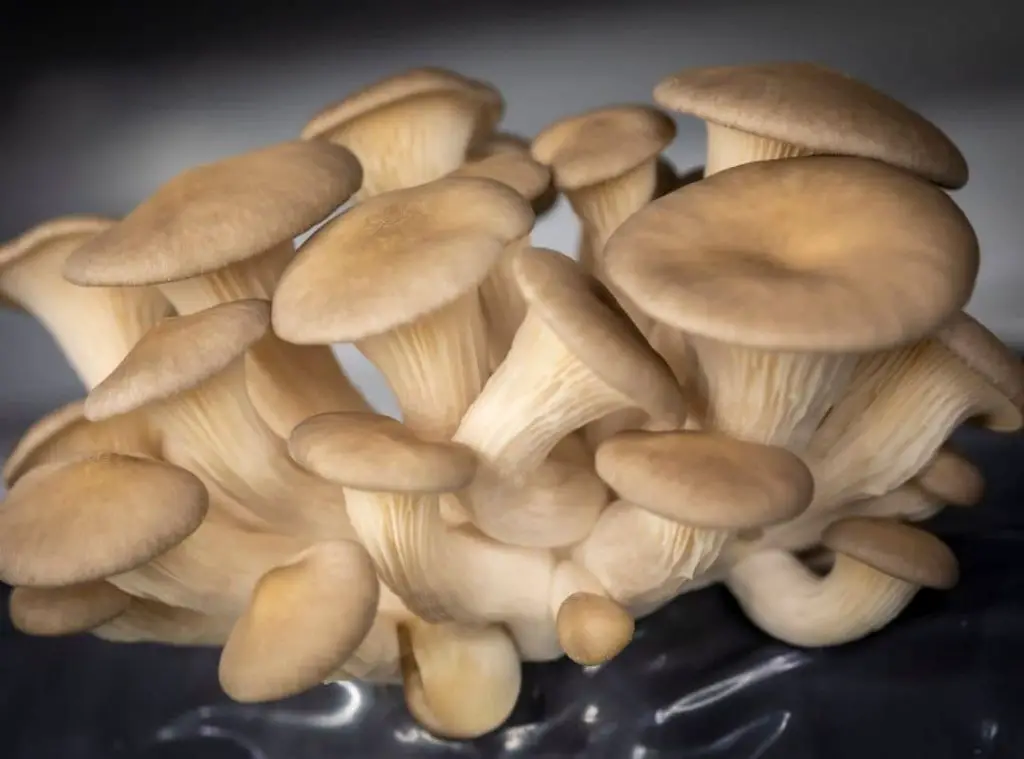
06. Wrong Climate
Certain mushroom species can be native to certain climatic conditions and regions in the world. Mushrooms are extremely sensitive to their environment and the temperatures, humidity, and ambient light should be just right for each of them to grow well. Therefore, certain mushrooms may not grow in different locations and climatic conditions.
Fortunately, if you live in a moderately temperate region, you may be able to cultivate a wide variety of mushrooms rather than a farmer who’s in an extremely warm or cold climate. Contrastingly, some varieties of mushrooms can even grow well in different kinds of climatic settings. Outdoor growers should especially be concerned about the ideal growth climates of their mushroom varieties.
How to solve:
If you grow your mushrooms outdoors, you must make sure that your species of choice is suitable to grow in the climate of your region. Growing your mushrooms indoors may be a better option in this case. Because, you can manipulate the conditions in your growth chamber according to your mushroom’s requirement.
07. Wrong Substrate
There is a range of substrates you can choose to grow your mushrooms. Mushrooms are traditionally grown on hardwood pellets, straw, coco coir, coffee grounds, animal manure, compost and even cardboard. These types of substrates can sometimes be used in combination with each other. However, certain species may have specific requirements in terms of the substrate and will not grow well if provided otherwise.
For example, some species such as oyster mushrooms can grow well in a variety of materials while some varieties like truffles prefer to grow on the roots of living trees, which makes them very difficult to grow artificially.
How to solve:
Educating yourself on your mushroom of choice is the best solution to avoid using the wrong substrate. Some growers prefer to supplement the mushrooms with additional nutrients as well.
08. Improper Harvesting
It is important that you harvest your mushrooms properly and do not disturb the mycelium in the process. If the mycelium in your growth bags is kept unharmed, it can give you more blooms afterward. Harvesting at the right time is crucial for mushrooms as well. Being too soon or too late could be problematic.
If you harvest your mushrooms too soon, they can be small and not fully grown. If you harvest too late, the mushrooms can go bad in just a few days even with refrigeration. If you are too late to harvest, that may also result in the mushrooms growing aerial mycelium on the fruiting body. This can look like white mold and will spread onto the mushroom stem, caps and even the flesh. Harvesting time can affect the texture and taste of your mushrooms as well.
How to solve:
You should be mindful not to disturb the mycelium during harvesting. The proper way to pick the mushrooms is to hold the stem lightly and twist the base until it is detached from the mycelium. You can also use a sterile knife or a pair of scissors for this as well. Different mushroom varieties have different life cycles and the exact time for harvesting may be subjective. For example, oyster mushrooms should be harvested when the caps open up and the rim starts to curl up. You can harvest the mushrooms when the cap opens. But gills should be partially opened.
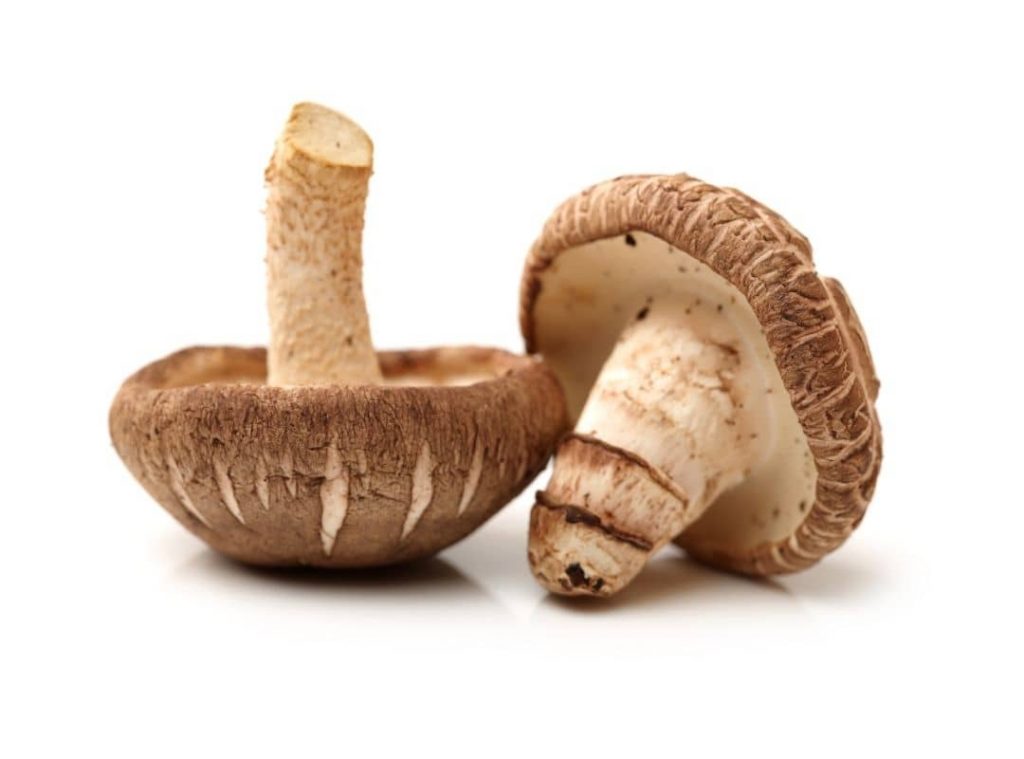
09. Inoculated But No Fruit
This issue may be a collective effect associated with a lack of moisture in the substrate and poor ventilation in the growth chamber. If this is not the case, your mushroom variety may be a late bloomer. Each variety of mushrooms has its own timeline of growth. Some mushrooms have a short life span therefore, bloom in a short time while some may take even a year to bloom.
How to solve:
At first, it might be a good idea to wait for a few more days/ weeks patiently. Your mushroom could be a late bloomer and might need more time. Secondly, you can check whether your growth medium is adequately watered and check whether it has enough moisture for the spawn to grow. It is necessary to water the medium right after you inoculate to prevent your spawn from drying out.
The other cause for late blooming might be the lack of proper ventilation. If you are maintaining your cultures indoors, you should make sure that your chamber has enough fresh air flow. You can also install a fan to achieve this. It may be helpful to relocate your mushroom cultures to outdoor locations as well.
10. Growing Mycelium but No Fruit
Growing mycelium in your substrate looks like white fibers.
If you notice this but do not get mushroom blooms even after the time your mushroom variety should produce blooms, there could be a few reasons. This issue can be associated with faulty spawn or a mismatched medium.
How to solve:
It is beneficial to do adequate research on your mushroom variety to find out the exact time period it should bloom and also find the right kind of substrate for your mushroom. In the case of faulty spawn, make sure to purchase your spawn from a reliable vendor. If you see small pins along with the mycelium growth, it is a good idea to wait for a few more days, as your mushroom can still gradually grow to full bloom.
11. Substrate Not Producing
Each species of mushrooms may have specific requirements in terms of the substrate and will not grow well if cultured in other kinds of substrate.
How to solve:
Make sure you recognize the optimal growth medium for your mushroom variety. Doing your research beforehand is best in this case. Make sure you understand the life cycle of your mushroom and the timeline.
12. Faulty Spawn
Finding a good viable spawn is essential to have a healthy mushroom culture. Even if you do everything right, if the spawn is bad, the entire culture is bound to fail. The spawn does not have a long shelf life, therefore can die on route if shipping takes longer or you don’t use it fast enough after arrival. The spawn can also get contaminated if you store them for a longer time.
How to solve:
Make sure to buy your spawn from a reliable source and faster shipping. When they arrive, store them in a cool dry place and use them soon.
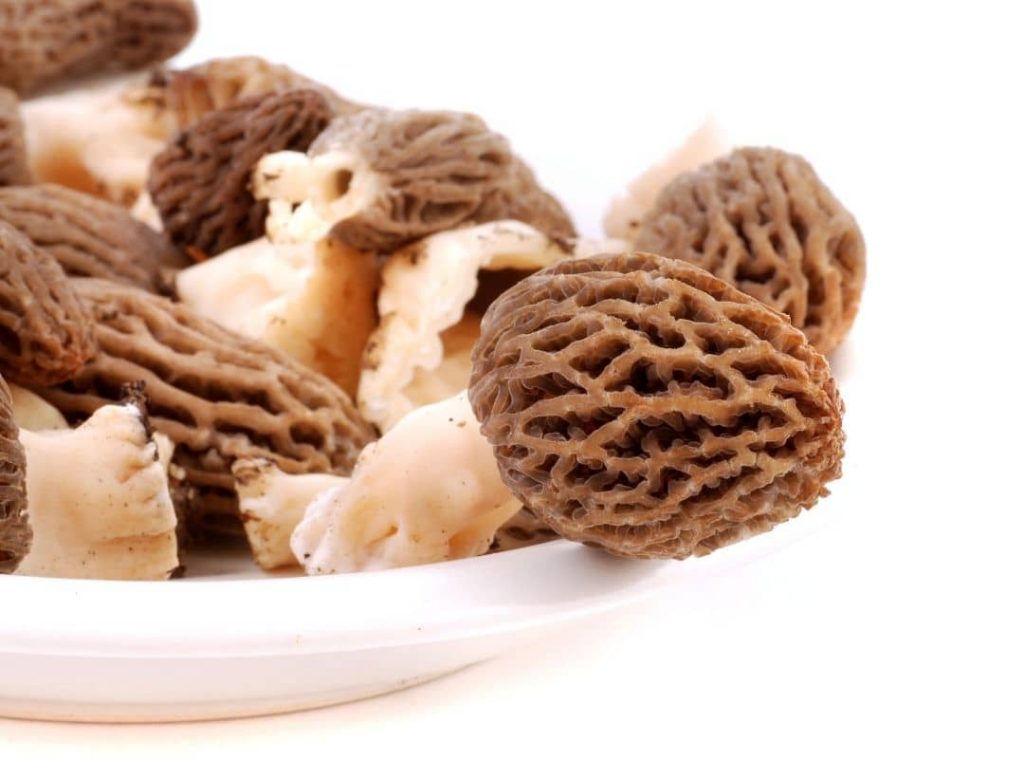
13. Too Much or Too Little Spawn
Using too much or too little spawn can be problematic in your mushroom culture. You should have an understanding of how much spawn can be handled by the amount of your substrate. There is a possibility of contamination if you use too little spawn. On the contrary, if you use too much spawn, the growth will be hindered due to the competition for the limited nutrients in the substrate. There is also a possibility of thermogenesis, with using too much spawn. As mycelium uses up the nutrients in the substrate, it produces heat. If the substrate heats up excessively due to too much spawn, it could result in mycelium death.
How to solve:
Do your homework and find out the suitable amount of spawn for a unit of the substrate. This can be subjective to the species and the substrate. The tried and tested amount is to use 2 parts of spawn to 8 parts of the substrate. Although with different species this can be a little tricky. But with practice and experience, you may eventually find the right balance.
14. Deteriorate quickly After Harvest
Late harvesting can cause the mushrooms to go bad quickly. Most mushrooms can be harvested when their caps are half opened and still dry. If your mushroom caps are moist at harvesting, it is highly likely that they would go bad very fast after harvesting.
How to solve:
If you harvest your mushrooms late, use them quickly. Research on your mushroom variety to find out when it should be harvested properly. Mushrooms are fragile and can spoil quickly if not stored properly. Mushrooms should be stored in the fridge in a loosely closed plastic bag and shouldn’t be tightly wrapped in plastic film. There should be enough room for fresh air flow.
15. Lack of Knowledge
Lack of knowledge of your mushroom variety can pose many problems. Mushrooms are sensitive to their environment and many things can go wrong if you do not provide them with the ideal conditions. This can doom your entire mushroom culture while leading you to waste your time, effort and money.
How to solve:
Research. Research. Research. It is the best way to understand your variety of mushrooms. You need to have a basic idea about the life cycle of your mushroom and the optimal conditions it requires for healthy growth. Mushroom culture is a very popular activity and information can be found everywhere on the internet. It may be beneficial if you can consult an experienced mushroom grower as well. Someone who has prior experience will be able to help you with troubleshooting the problems you encounter.
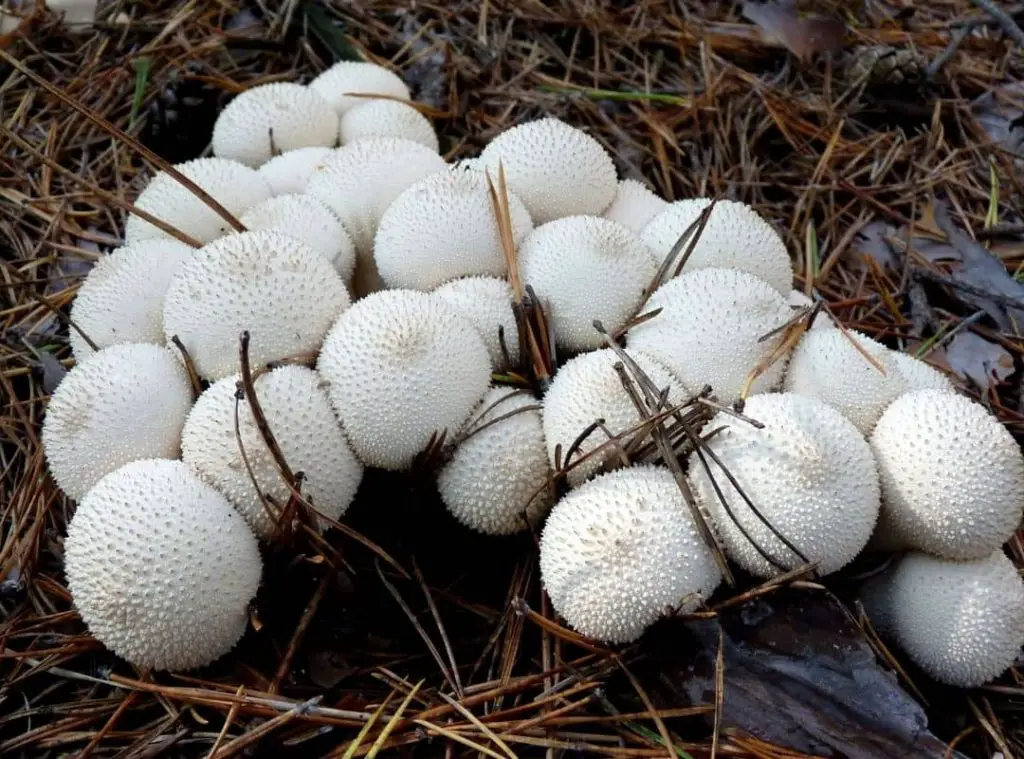
16. Lack of Patience
Mushroom cultivation is interesting but it can take time, especially if you are a beginner. Setting up your culture, finding a species, balancing the optimal conditions and troubleshooting can all be daunting tasks. Impatience can be a very common feeling you may encounter at all these steps. You might be tempted to initiate fruiting before your mycelium is fully grown.
This would result in low harvests and at times, contamination. You need to be patient while adding the spawn to your substrate as well. A common mistake is adding the spawn to the substrate before it is fully cooled. This could end up killing the spawn altogether.
How to solve:
Take your time to educate yourself about your mushroom culture. This will solve a lot of problems even before you encounter them. Having a good understanding of the life cycle of your mushroom variety will also help in being patient. Some mushrooms have longer cycles and can take months or even a year to bloom. In such cases, patience and time are all the troubleshooting you need.
What are the major problems in mushroom cultivation?
The above mentioned are some of the basic and most common issues you may face in your mushroom cultivation. You may not have all these issues in single cultivation. If you have a good understanding of your mushroom’s requirements and take care of them in a timely manner, it is likely you may not encounter any of these problems.
It is better to research proper techniques, growth mediums and ideal environmental conditions for each type of mushroom. The biggest problem lies in failing to control the environmental conditions according to your mushroom type.
Mushrooms are sensitive to their surroundings and many things go wrong if they are not in the ideal conditions. At the same time, if you manipulate the temperature, humidity, airflow and substrate moisture at just the right amount at the right time, you can avoid many problems altogether. But this can be difficult for first-time growers, due to the lack of experience. Therefore, beginners should do enough research and have a lot of patience, if they want to maintain long-lasting healthy cultures.
Read Next : Can You Wash Mold Off Mushrooms? ( Sure ! )

